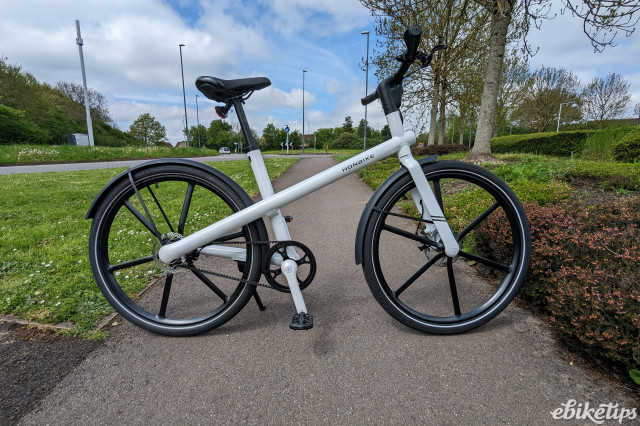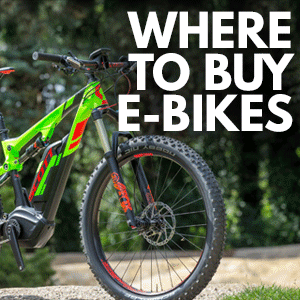Cycle commuting is unarguably more popular in the summer months for pretty obvious reasons, but there’s a lot to be said for persisting with it through the colder months. It provides a great opportunity for fresh air and exercise at a time when you’ll otherwise be spending more time indoors. It can be hard to dress appropriately though – although that’s not nearly such a challenge if you’re on an e-bike.
Let’s put it bluntly: when you’re commuting by bike, you can get a sweat on. This is less than ideal. Even if you’re lucky enough to have access to a shower at your workplace, that only really means more time out of your day.
For many people, the goal is therefore to ride within themselves a little – below the perspiration threshold, you might say. Counterintuitively, this can actually prove extra difficult in the depths of winter because you’ll generally be clad in a few extra layers.
Enter the e-bike.
Easy rider
The number one tip on Cycling UK’s guide to cycling to work is “cycle slowly”. Why? Because, “the faster you go, the harder you’re working, and the hotter and sweatier you’ll get.”
“Slowly” is not necessarily the right word here though. It’s the effort you put in that counts. This is where a bit of motor assistance can come in very handy.
In terms of effort, riding an e-bike can be as easy or as hard as you like (depending on the capability of the bike). You can stick to lower assistance levels and ride at a level of effort akin to a slow jog, or you can whack it up a bit to the higher levels, at which point it most likely won’t feel any harder than walking.
An e-bike is not just about riding at the same speed for less effort though. An equally significant aspect is how power assistance can keep that effort a lot more consistent. Used correctly, an e-bike can negate the need for harder efforts, such as when you’re riding into a headwind or up a hill.
Knowing your ride will demand only a steady effort without these surges makes it far, far easier to avoid overheating.
What to wear
Cycling UK’s cycle commuting advice puts a lot of emphasis on washing or showering and carrying spare clothes, but really, as we’ve already established, riding an e-bike need be no harder than walking. You wouldn’t take a whole spare set of clothes if you were walking to work, would you?
Maybe you would just in case of a downpour. In that case, great news – weighing yourself down with rucksacks or panniers isn’t really going to make your ride any harder. All that’s going to happen is you’re going to use slightly more of your battery.
But what exactly should you wear for your journey? British Cycling suggest, “Travel at a slow pace, wear normal clothes and dress about 10 degrees colder than you would if you were driving.”
This is a good starting point, but you’ve probably a bit more wiggle room either way on an e-bike for the reasons given above. A big thick winter coat would be a bit much on an unassisted bike, but you can probably get away with it on an electric bike. A bit of extra rain protection may prove very welcome if there's no real downside.
Your main consideration will therefore probably be how easy garments are to ride in. Trousers with a bit of give in them are generally a better option and you certainly don’t want to wear anything that might snag in any moving parts.
What to ride
Cycling UK recommend having mudguards and a chain guard – two things that come as standard on the majority of e-bikes. These will keep you clean and dry.
Cycling UK and British Cycling both recommend a pannier rack as well, if only to keep your back from getting clammy from the pressure of a rucksack.
We’ll make the obvious suggestion that you should always have lights for winter riding too. Quite often you’ll find you need them even during the (supposed) daytime. A lot of e-bikes come with built-in lights, but these can be of variable quality. Richard’s given you the lowdown on your e-bike lighting options anyway.
All of these things add a lot of extra weight to your bike, but unlike with an unassisted bike that ‘cycle slowly’ commandment remains easy to follow with a motor picking up the slack.
As for what bike specifically – that really depends on your commute. If you’re only riding on the roads, you’ve really no shortage of options – almost any e-bike will do. If you’ve got a few off-road stretches to contend with, that’ll narrow things down a little, but a lot of e-bikes have wider tyres anyway as the increased rolling resistance they bring isn’t such a significant concern.
You may also have a train, tram or tube ride as part of your trip, in which case a folding e-bike is obviously going to be your best option.













